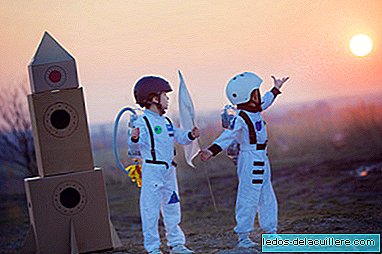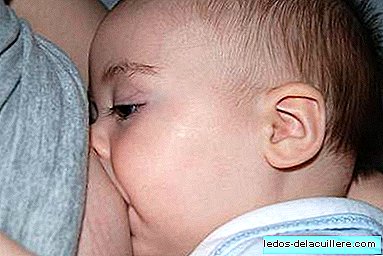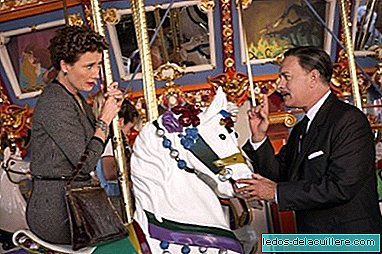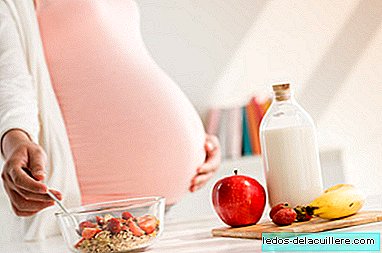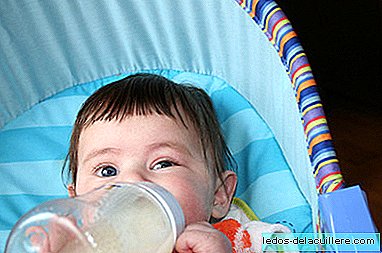
A few days ago we commented on the recommendation to feed on demand to babies who drink breast milk and today we are going to talk about when and how much a child fed with artificial milk (or breast milk in a bottle) should eat.
Often, even many health professionals do, it is said that breastfeeding is on demand, but that artificial milk feeding should be offered based on pre-established schedules.
The reality, and already recommended by the ESPGHAN (European Society in Gastroenterology, Hepatology and Nutrition in Pediatrics) in 1982, is that the bottle is also given on demand. Now we will explain why.
Artificial milk is more difficult to digest than breast milk and therefore stays longer in the stomach, approximately 3-4 hours. The recommendation, interestingly, is usually to give a bottle every 3 hours.
The reality is that, as with breastfeeding, it is not necessary to wait for the stomach to be empty and there is no problem in ingesting artificial milk when there is still milk in digestion, so time should never be limited.
If a child asks within two hours of having taken a bottle It is a sign that you need to eat, whether or not you have milk in your stomach (which on the other hand is impossible to know).
The problem of imposing schedules is that many children will drink milk before they are hungry (which would be a minor problem if the one who offers the bottle understands that it does not have to be finished) and many others (this problem is greater) will drink milk when they are already a while asking because as "they still do not touch them, they will be crying for something else" (or simply "wait a bit, it still does not touch you").
There are studies conducted with infants fed with formula milk who were given the most concentrated or diluted formula.
The result was that they modified the shots themselves so that the caloric intake at the end of the day was exactly the same.
Now, when you talk about giving the bottle on demand, you don't just talk about when but also how much.
If we look at the energy needs (Butte, 2000) of a 3-month-old child, we see that he needs between 328 and 728 kcal per day. A girl of the same age needs between 341 and 685 kcal.
Out of curiosity, and to compare, we observe the energy needed in a 6-month-old child and see that they are between 491 kcal for those who need less and 779 kcal for those who need more. In the case of 6-month-old girls, their needs range between 351 and 819 kcal.
As you can see, Claudia (I make it up), a three-month-old girl, is drinking a quantity of milk X every day that gives her the 341 kcal she needs to gain weight and grow normally and Paula, the daughter of her mother's friend , which also has three months, drinks an amount of milk and provides the 685 kcal daily it needs.
The 685 kcal of Paula they are more than double than the 351 of Claudia so when these two friends get together in the park Paula's mother explains happy how well her girl eats the 180 ml bottle (sometimes even 210 ml) that her pediatrician sent her while the mother of Claudia tells her desperately that there is no way she eats the 150 ml she prepares, because it is a very bad eater and always leaves a lot.
The truth is that here there is neither good nor bad eater. These two girls are eating what their bodies need (understanding that they are not forced to ingest more than they need).
In other words, as with breast milk and breast milk, children who drink bottle milk should drink exactly what they want and at any time they want. The problem (for them) is that in these cases parents see what they take.
I am tempted to invent an intelligent bottle that is transparent while preparing the milk and opaque while the baby takes it. In this way they will be on equal terms with babies who drink breast milk, lucky that their mothers do not have transparent breasts, and they can take in the bottle the amount of milk they need and when they need it, that is, request.




